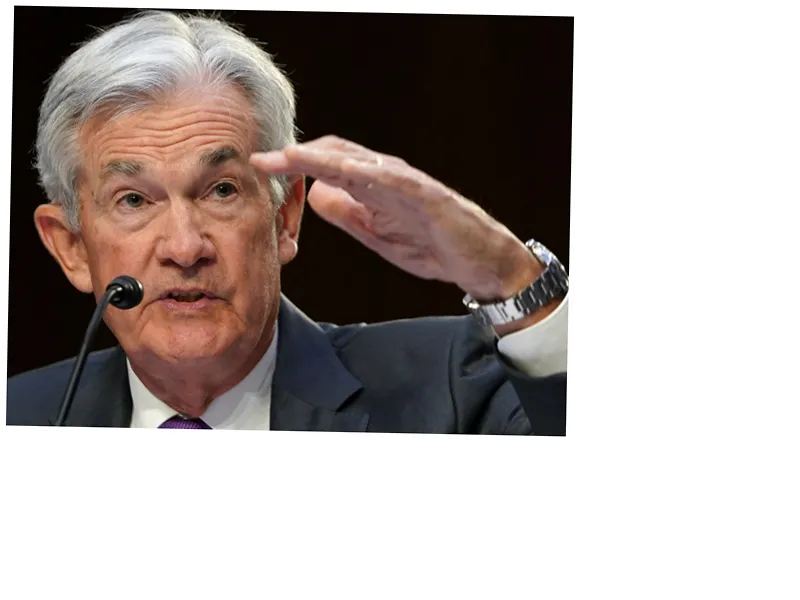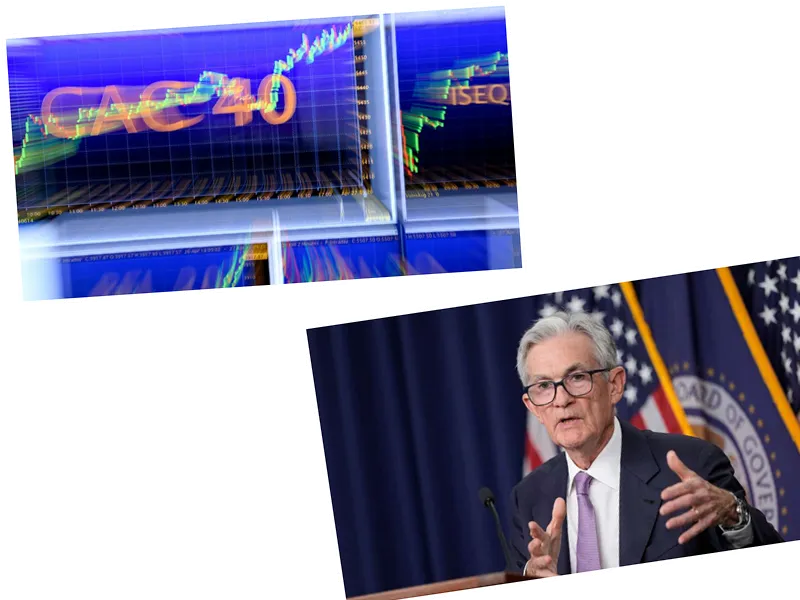Federal Reserve Signals Shift Toward Easing Monetary Policy
In a pivotal address at the annual Kansas City Economic Symposium in Jackson Hole, Wyoming, US Federal Reserve Chairman Jerome Powell articulated a clear intention to ease monetary policy in response to improving economic conditions. Powell emphasized that the upside risks related to inflation have diminished, while downside risks related to employment have increased, marking a significant shift in the Fed's approach. He stated, "The time has come to adjust policy," indicating that the timing and pace of interest rate reductions will depend on incoming economic data and the evolving outlook.
Powell's remarks come as inflation appears to be stabilizing, with the Fed's preferred measure showing a decrease to 2.5% in July, down from a peak of 7.1% two years ago. He expressed confidence that inflation is on a sustainable path back to the central bank's target of 2%, a goal that seemed distant during the pandemic's economic upheaval. With the current interest rate set between 5.25% and 5.50%, traders are increasingly betting on a quarter-point cut at the upcoming Federal Reserve meeting on September 17 and 18, with some speculating a possible half-point cut.
Economic Outlook and Political Implications
The implications of Powell's statements extend beyond monetary policy; they also intersect with the political landscape as the United States approaches the presidential election. While many Americans express dissatisfaction with the current administration's economic performance, Powell's commitment to supporting a strong labor market through rate cuts could potentially bolster Vice President Kamala Harris's campaign. However, he reassured that decisions will be made based solely on economic data, distancing the Fed from political pressures.
Powell's acknowledgment of rising unemployment, now at 4.3%, highlights the Fed's dual mandate of fostering maximum employment while ensuring price stability. He noted that the recent slowdown in hiring is largely due to an increase in the labor force rather than layoffs, suggesting a more nuanced view of the labor market dynamics. Although the Fed has faced criticism for its delayed response to rising inflation, Powell's current stance reflects a proactive approach to supporting economic growth while navigating the complexities of labor market conditions.






